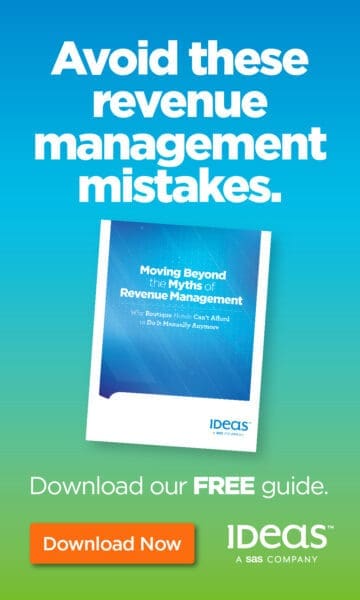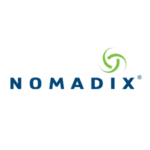 You might be reading this and saying to yourself, “Well, for sure every hotel needs a daily pick-up report.” But I bet you would be surprised how many hotels do not use their pick-up report and or they do not use it properly. They are missing the financial opportunity that a good strategy around the daily pick-up represents.
You might be reading this and saying to yourself, “Well, for sure every hotel needs a daily pick-up report.” But I bet you would be surprised how many hotels do not use their pick-up report and or they do not use it properly. They are missing the financial opportunity that a good strategy around the daily pick-up represents.
I have never and will never profess to being any kind of an expert at hotel revenue management. I strictly see myself as a novice. The purpose of this piece is to point out how to use the daily pick-up report to inspire and invigorate your leadership team around the financial aspects of your business. Every day in your hotel you need to beat the drums of great guest service, superior colleague engagement and nonstop financial leadership and this pick-up report is the magic stick to the money focus.
Everything in your hotel operationally revolves around the occupancy by major segment and how many rooms you have, plus the arrivals and departures, and this means a direct link to how busy you are going to be. The rates and REVPAR are critical elements but for most of your managers it is the occupancy that they and you pay the closest attention to.
Most hotels start their month with more or less than half of their occupancy on the books. The pace at which you fill is the critical plot line and the financial story is written each month based on the peaks and valleys of this journey. Having a laser focus on the pick-up is what guides good managers to better staffing and expense planning decisions.
The star of the morning meeting should always be the fresh and hot-off-the-press daily pick-up report. The day-by-day occupancy for the next 1, 2, 3 days plus the week ahead is critical for your operations people to zero in on. From these cues come the questions and answers that drive incremental decision making with your leadership teams.
Pro Tip
For a good morning meeting ensure a paper copy of the daily projected occupancy gets distributed each day, and a thorough review of the critical day’s numbers is religiously executed. Eyeballs on the page equals action with the schedule. No auto pilot please.
If the occupancy for tomorrow is now 10 rooms less than it was two days ago, this means a shift must be removed in housekeeping or an eight-hour shift is now four hours. Same for arrivals and departures. The same philosophy applies to the desk and the outlets. Watching these critical barometers means your managers are adjusting and fine tuning their landing plans.
If the occupancy for tomorrow is now five more rooms than it was yesterday, then how are you going to manage turning the house with the same labor you had planned previously? Train your managers to schedule for less not more. Watch this video for that tip and my top 10 productivity killers.
Ensure each operational leader is adjusting schedules based on the daily occupancy. If you are cruising along at 30,000 feet with the same number of bodies and hours worked then no one is watching the switch. Critical areas like the desk and housekeeping plus the F&B outlets need to be measuring their daily productivity using their schedules to capture the projected results based on the latest projections.
If you sit in neutral the labor train will run you over. Be on top of the scheduling decisions each and every day. For many managers this is exactly how they play and win. But for many they just set it and forget it. They publish the schedule and that is that. Maybe a sick call or two but there is no creative review of the critical aspects of the single biggest cost: payroll.
The hotel business is a game of inches. A couple of hours here and a couple of hours there and before you know it, it all adds up to cost you a bundle. Use the discussion around the daily pick-up to check in with your departmental teams. Ask them what their projected productivity is this week. Remind them to tell you what it was last week and what their forecasted result for the month is. Do this with a kind and curious manner all the while patiently insisting that each key member know and is managing their labor with the proper tools that help them and you succeed.
Depending upon the size of your hotel, these incremental adjustments add up to a whole lot of dough. This pie can be going out the door in the form of inefficient scheduling or it can accrue positively to your bottom line. It is all up to you and the leadership direction you create.
Using your daily pick-up report effectively is the most important tool you have to foster the proper hospitality financial leadership culture in your hotel.






























